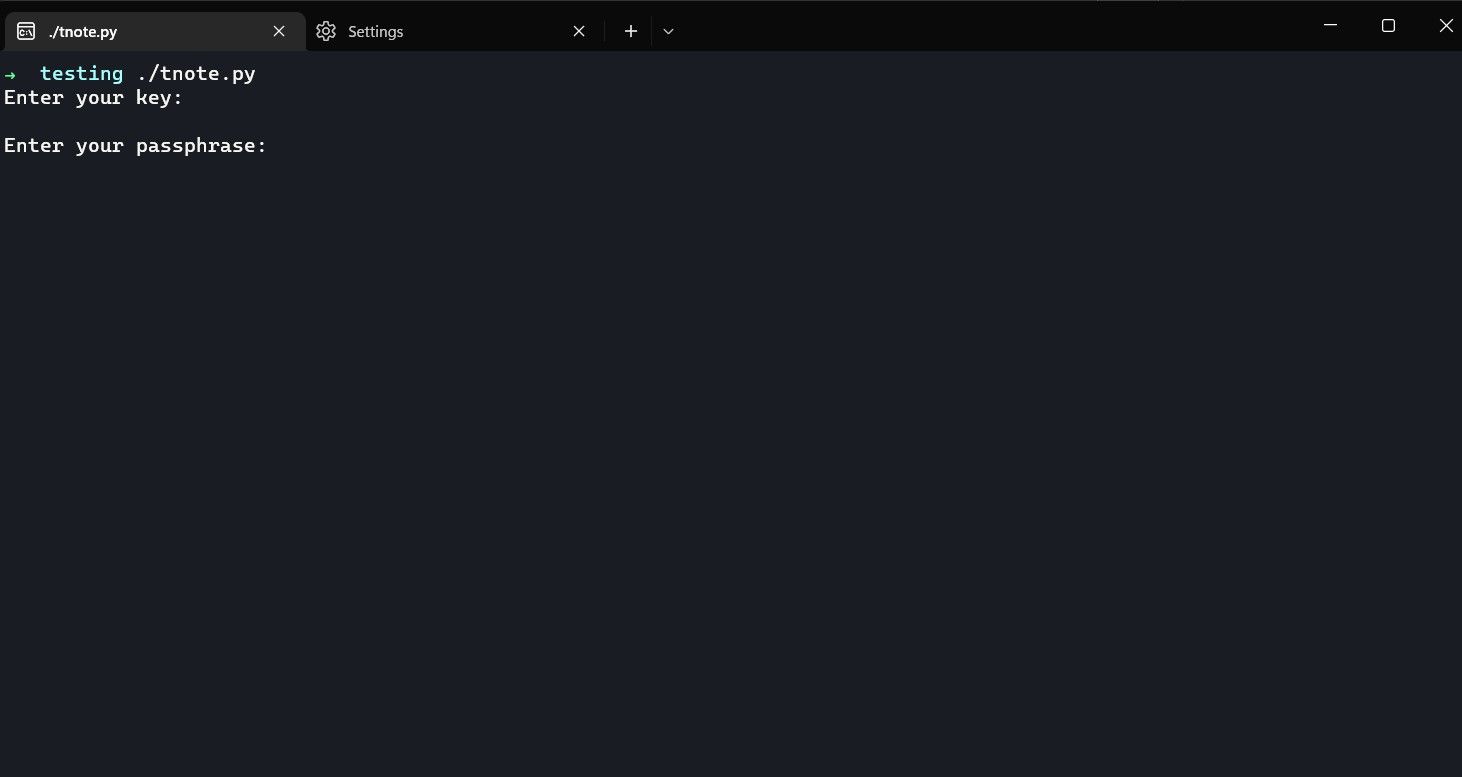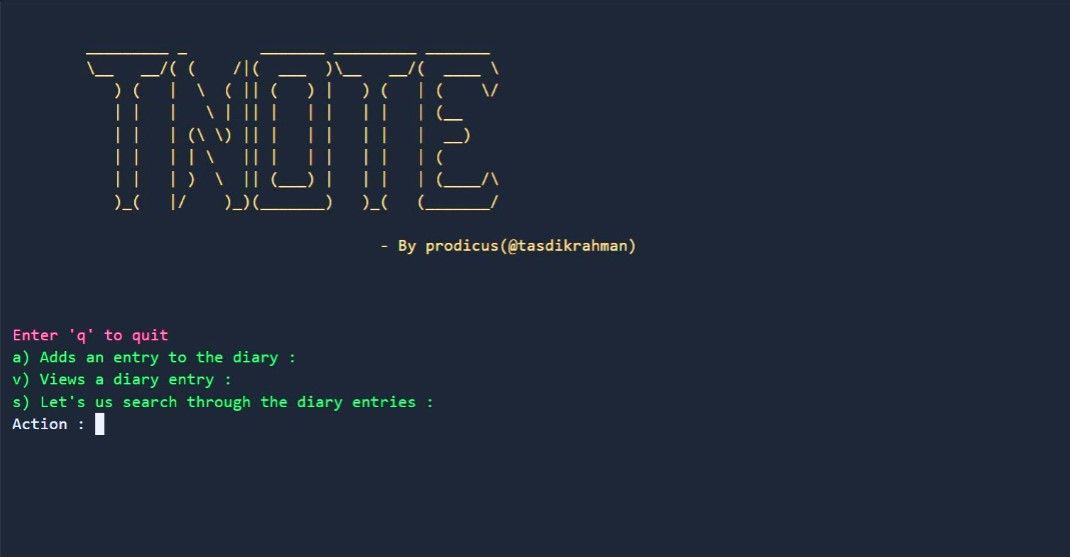You probably fire up a text editor every time you need to save an idea, a code snippet, or a URL. But you don't always need to use a text editor to store tidbits.
If you indulge with the Linux terminal a lot, you should look into integrating a terminal-based note-taking application into your workflow. Let's learn how you can take notes in the Linux terminal.
Taking Notes in the Linux Terminal Using tnote
tnote is a cross-platform, free and open-source terminal-based note-taking application that you can invoke in the terminal whenever you need to store data quickly. It is lightweight but packs features like encryption, theme, text highlighting, tagging, and more.
Check out the official tnote repository to learn more about the software and its features.
Installing and Setting Up tnote on Linux
tnote is dependent on the libsqlcipher-dev package. As a preliminary step, you'll need to install it before installing tnote. Here's how to install the dependency on your Linux system:
On Ubuntu/Debian derivatives:
sudo apt install libsqlcipher-dev
sudo pacman -S libsqlcipher-dev
On Fedora, RHEL, CentOS, and other RPM-based distros:
sudo dnf install libsqlcipher-dev
Now that you have installed the dependency, it's time to install tnote. Start by cloning the official repository onto your local machine. Then, move into the cloned directory with the cd command and install the requirements with pip:
git clone https://github.com/tasdikrahman/tnote.git
cd tnote
pip install -r requirement.txt
Once the requirements are installed, use the chmod command with the +x flag to make the tnote script executable. Then, move into the ~/bin directory and add a symbolic link to the script using the ln command:
ln -s /path/to/tnote
Now let's try taking notes with the app in the terminal.
How to Take Notes in the Terminal With tnote
Now you can take notes on the go! Invoke tnote by typing tnote in the Linux terminal and start jotting down your notes. On initial startup, it will ask for a key and passphrase. Make sure to remember them as you will need them for accessing your note database later.
After you've entered the passphrase and key, tnote will greet you with a prompt similar to the screenshot above. Here you can get to typing your notes. Once you're done, quit out of tnote by hitting Ctrl + D.
tnote: The Best Note-Taking Application for Linux
Note-taking is crucial to staying organized as a developer or student. This is even more important if you're a beginner venturing into the world of programming and trying to keep track of your lessons. Good note-taking skills can help you plan better, stay organized, and reach your goals faster.
While terminal note-taking applications are good, you might be looking for a more well-rounded solution. If you take your notes seriously, you'd be glad to know that there's an unending list of the best note-taking apps for programmers.



